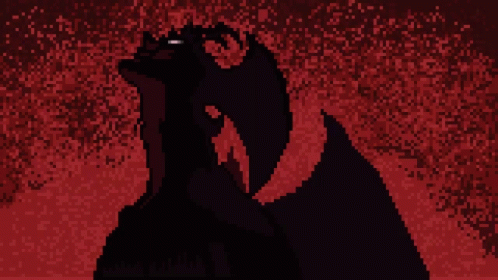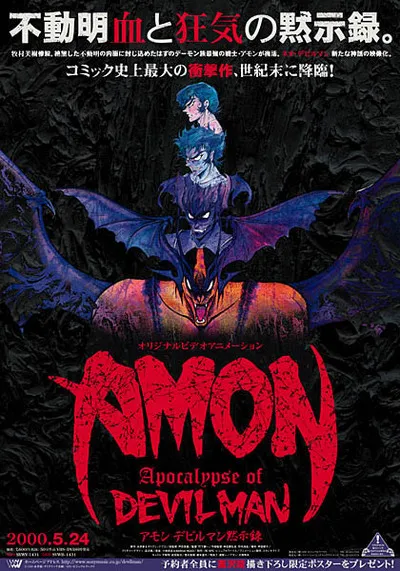
Source
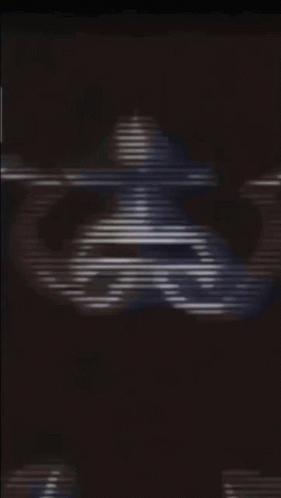
At the moment I pressed play on Amon Apocalypse of Devilman I could tell this was not made for everyone, and that was exactly what made me want to stay. The first images were unapologetically brutal, but not in the lazy way some horror titles use gore to replace storytelling. Here, the violence carried weight. It had purpose. It was part of a language that spoke about despair, loss, and what remains when humanity begins to fracture. Having followed anime long before it exploded globally, I rarely see something that dares to be this raw yet so deliberate in its aesthetic. It was like stepping into a place that had no interest in pleasing the crowd, only in telling the truth as it saw it.
Beneath the surface of blood and chaos lived a story that merged psychological tension with apocalyptic dread in a way I have not seen repeated often. There was no attempt to explain every detail or make the experience easy to digest. Instead, it pulled me into an atmosphere where shadows seemed alive and screams felt closer to grief than to sound effects. That constant unease is what makes it work even for someone unfamiliar with Devilman. You do not need to know the full saga to feel the weight of what is at stake. Fear, tragedy, and the erosion of identity are universal, and here they are stripped of any safety net.
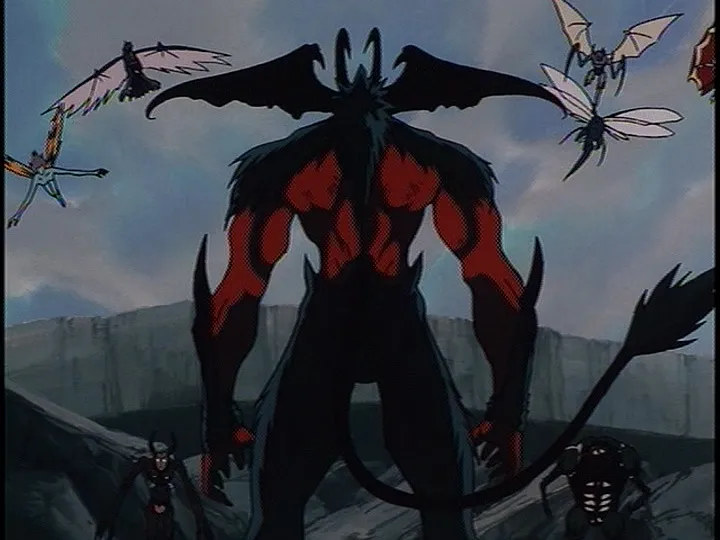
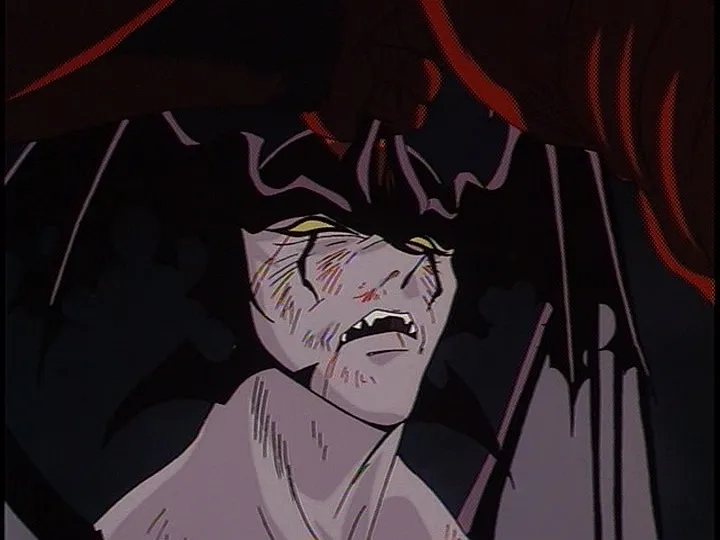
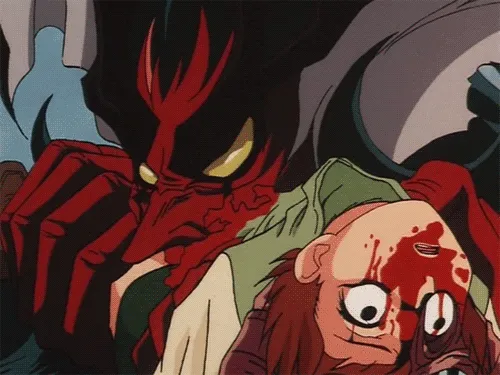
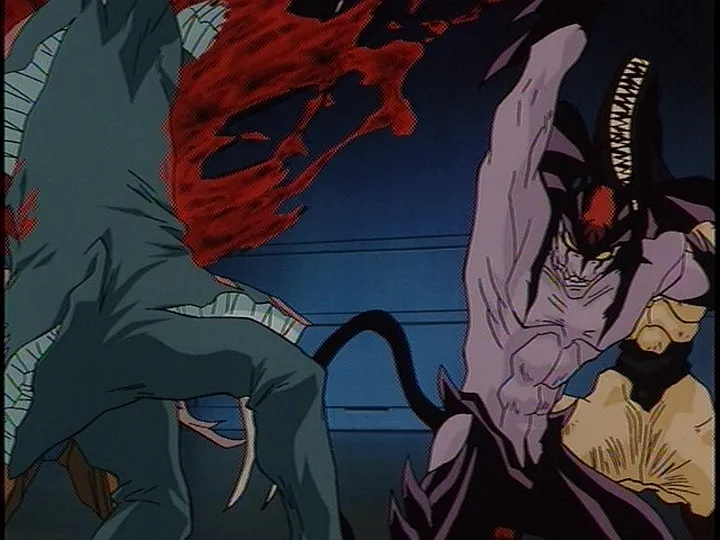
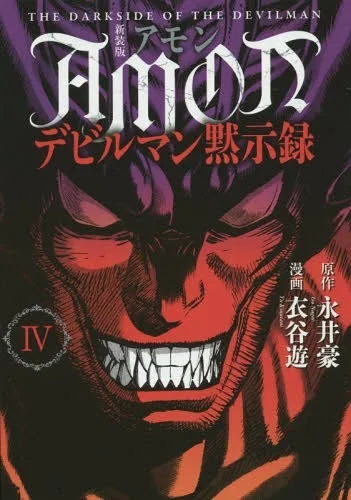
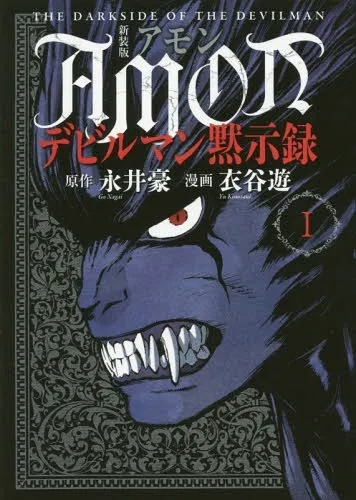
Source
For as long as I have watched anime, I have known how rare it is for works like this to slip past censorship or the urge to soften the imagery for broader audiences. Amon feels like an act of defiance, a reminder that Japanese animation can reach emotional ranges far beyond the safe limits of the mainstream. The violence here is never free of meaning. It is a narrative instrument that reveals the mental state of its characters, marking the thin line between human and demon. The result is unsettling, but also hypnotic. There is a strange beauty in how the grotesque turns into visual poetry, as if the horror was part of a larger choreography.
Colors became something I noticed more than usual. The deep blues and sudden bursts of red were not just background choices, they were emotional beats, like a pulse that changed with the rhythm of the scene. The demon designs pushed past the usual idea of monsters, feeling instead like physical expressions of the characters inner fear and rage. This is not about presenting something ugly just to shock you. It is about creating something that belongs in this world so completely that you stop questioning its logic. The imagery is not just drawn, it is built to seep under your skin, to make you feel a part of that nightmare even when you want to look away.
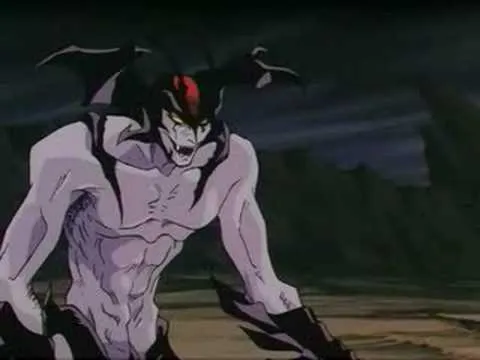
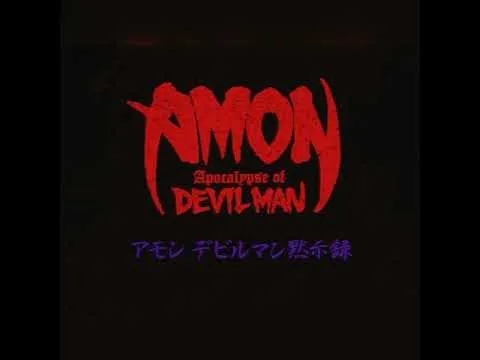
Standing at the end of it, I felt the strange satisfaction of having seen something that refuses to be polite. Amon does not negotiate its identity. It does not try to win you over with comfort or humor, but it offers a connection to anyone willing to meet it on its own terms. For the casual fan, it can be a door into a side of anime rarely shown on the surface. For the veteran, it is proof that there are still works willing to hold on to the raw spirit that once defined the medium. It will not be for everyone, but for those who step inside, it will stay long after the final frame, a mark carved in memory by something fearless enough to be itself.
